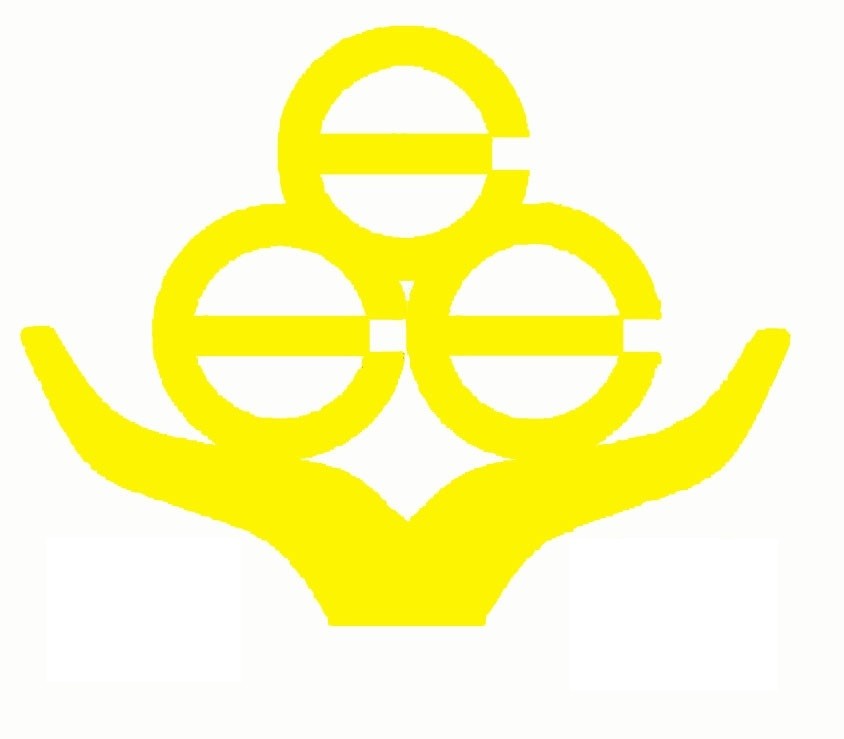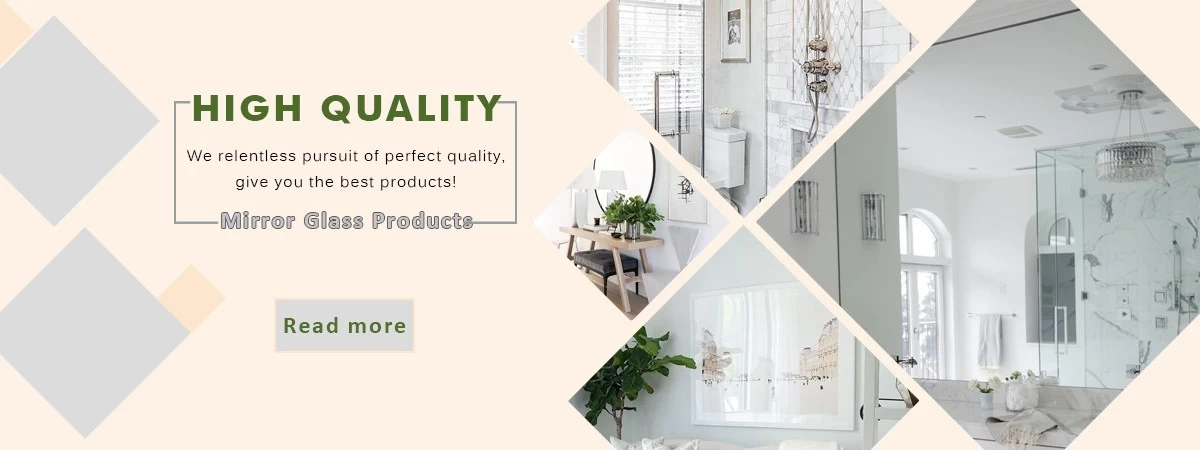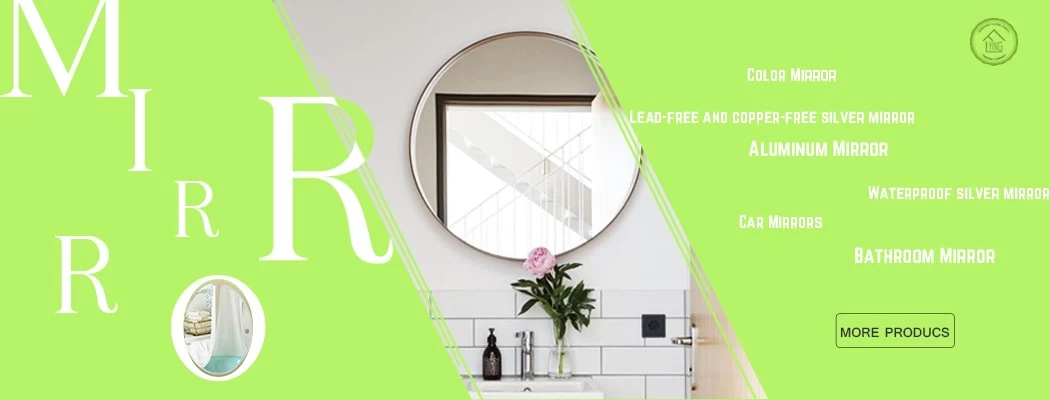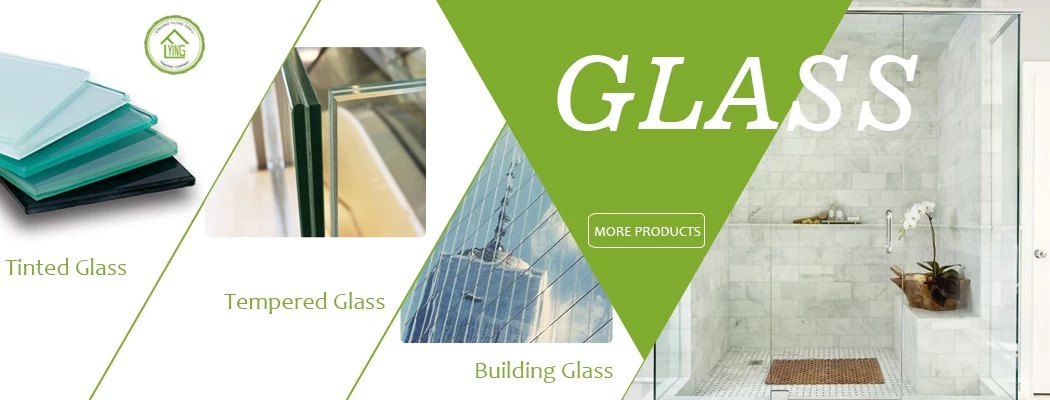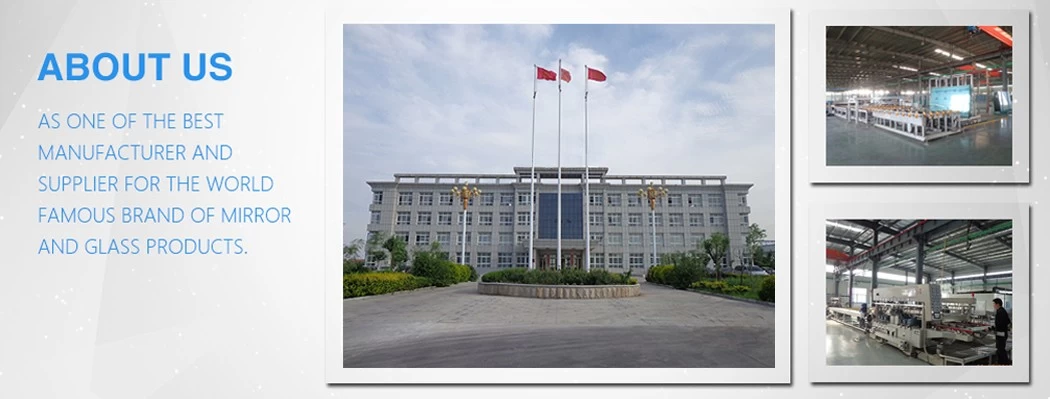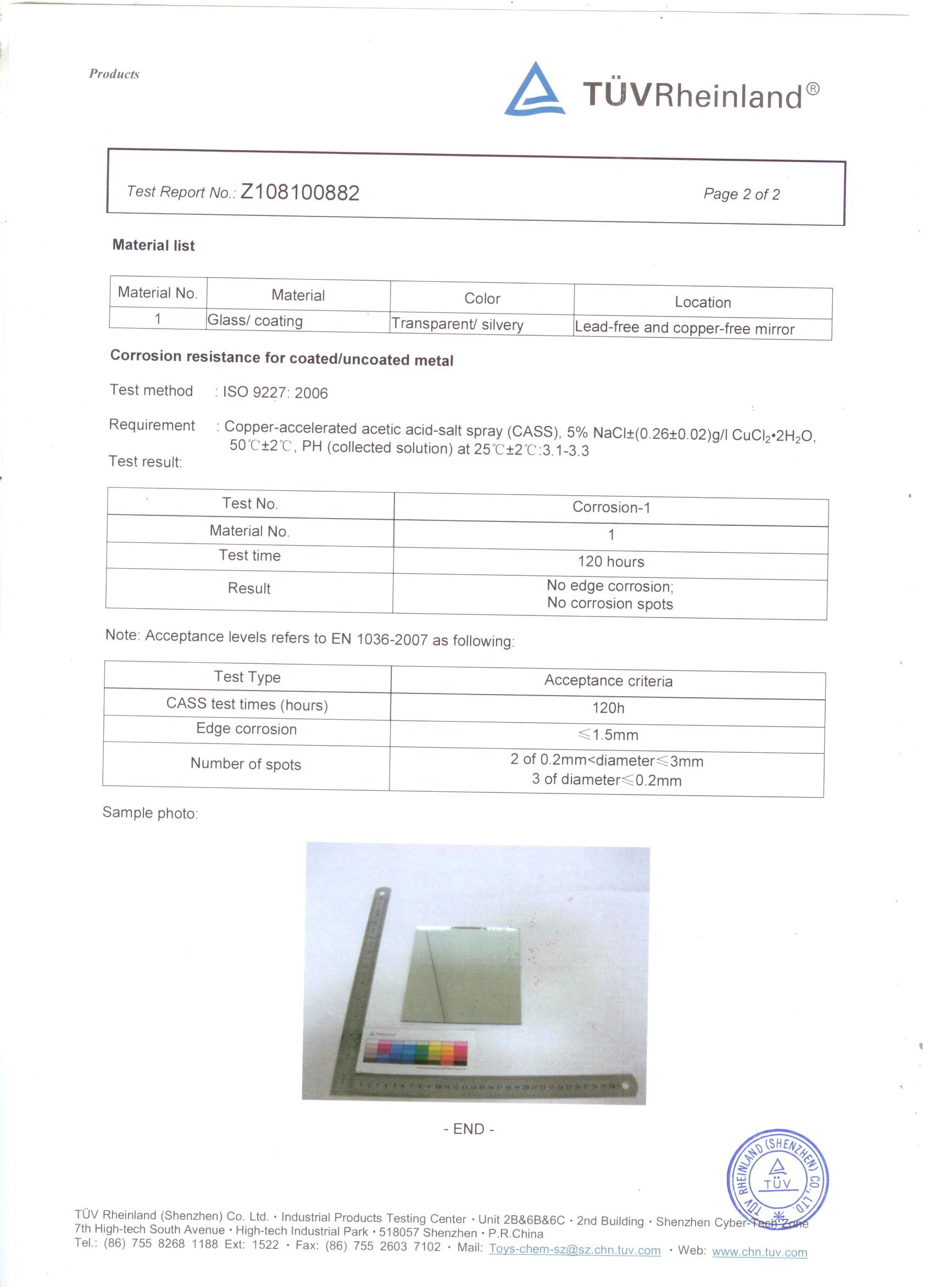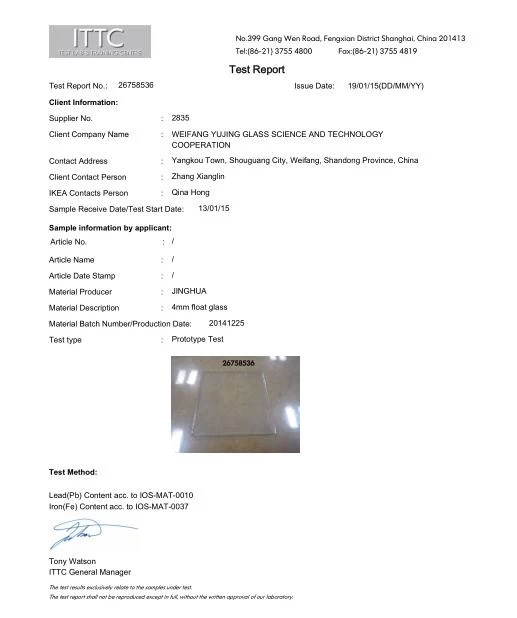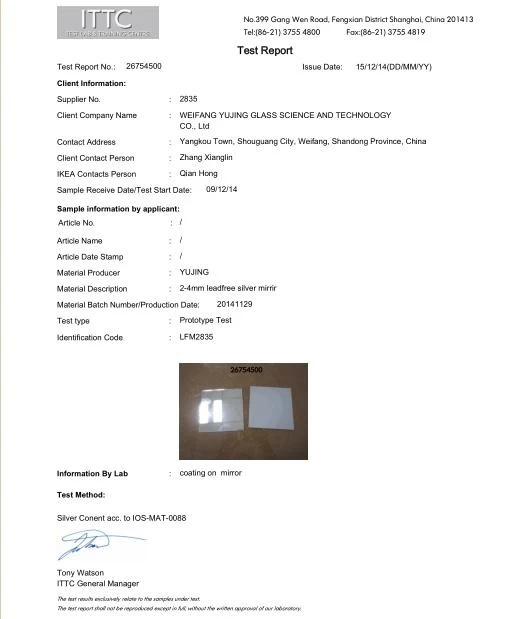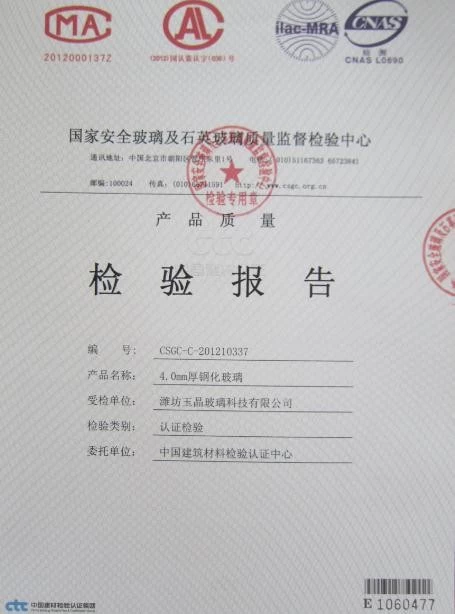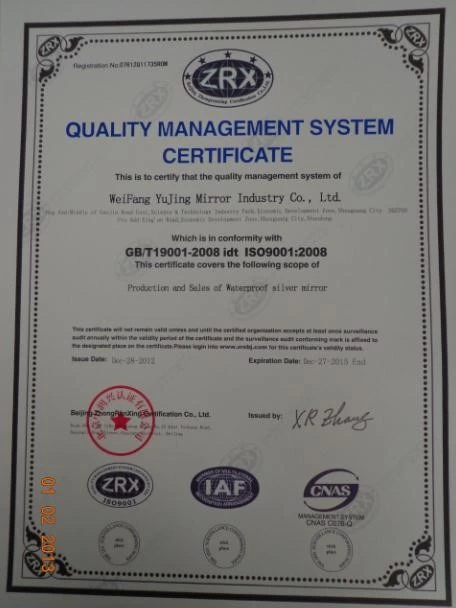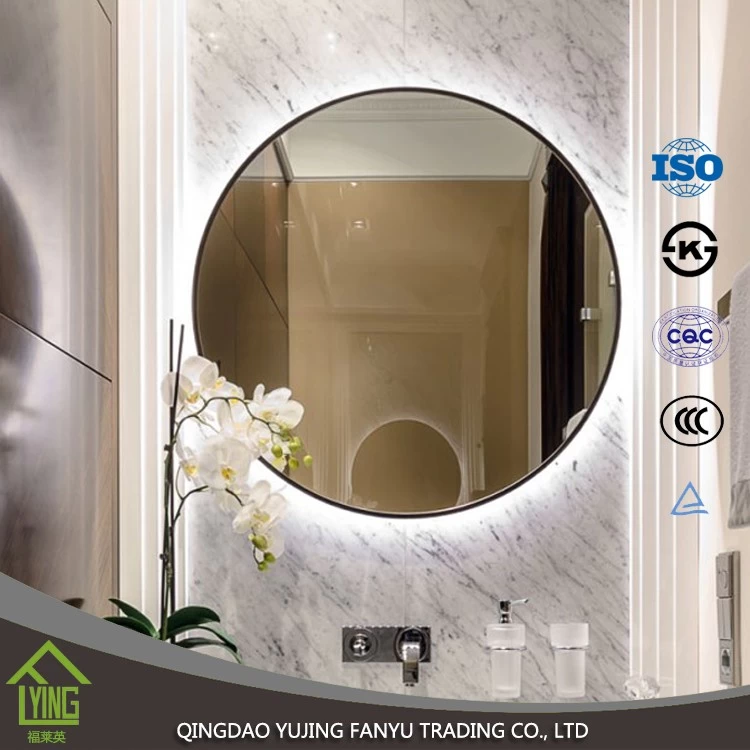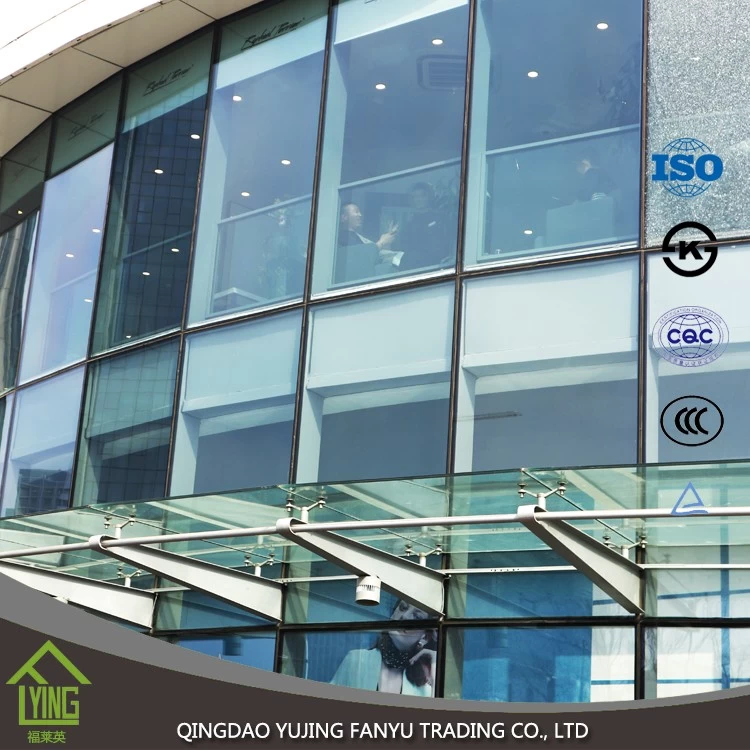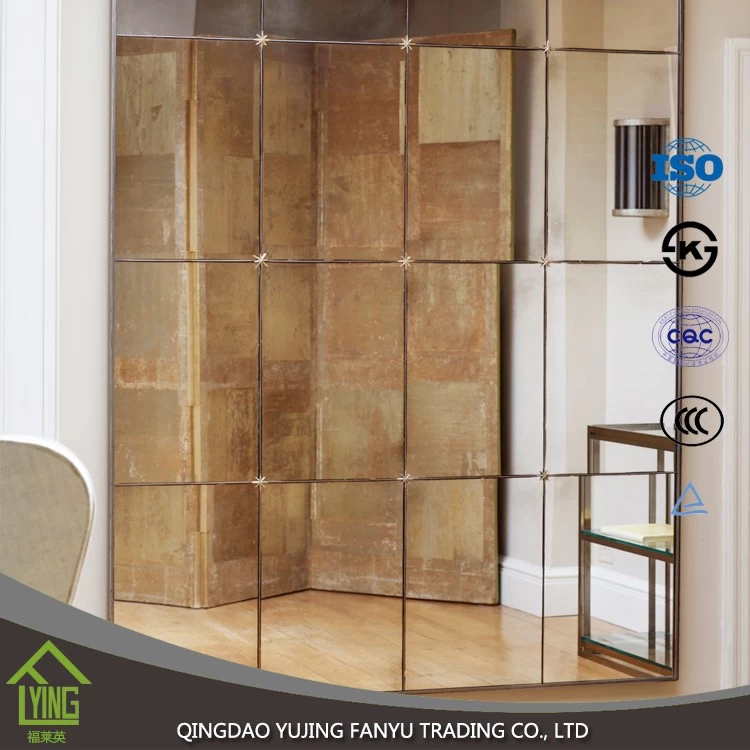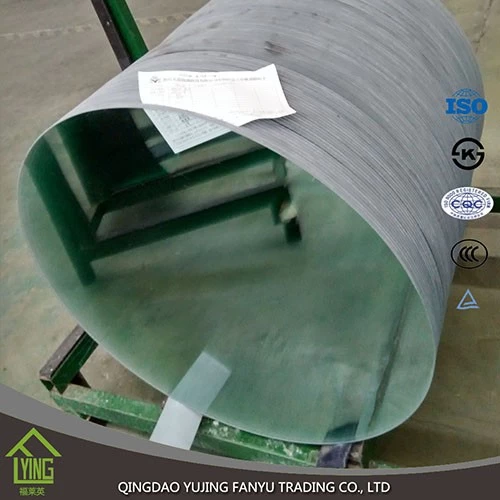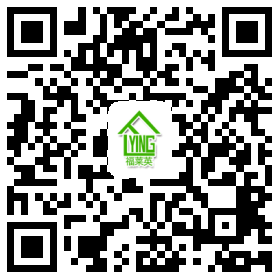LOW-E glass appearance color choice
Fanyu
Www.glass.com.cn
2018-06-15 14:06:13
LOW-E glass, also known as low-e glass, is an energy-saving glass. Because of its superior energy-saving properties and colorful colors, it has become a beautiful landscape in public buildings and high-end residential buildings. Common LOW-E glass colors are blue, gray, colorless, and so on. These mainstream colors are durable and durable. They are the dominant colors of urban architecture. There are also some more distinctive colors such as gold, silver and silver. Blue and so on.
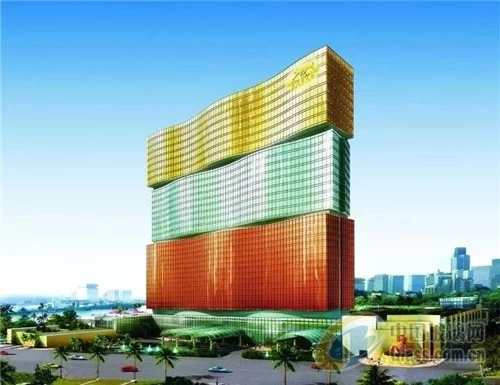 The Macau Classic Project MGM uses three special colors of gold, silver and copper The As we all know, we use glass as a curtain wall for several reasons: Take natural light, reduce energy consumption, and look beautiful. The The color of glass is just like people's clothes. The right color can make people brighten up. Inappropriate colors can make people look uncomfortable. How can we choose the right color? We discuss the following aspects: transmittance, exterior reflection color, film surface reflection color and transmission color, original film and structure, and the influence of interference color on the process of seeing the sample. The TheFirst, the appropriate transmittance: The According to the “General Principles of Civil Building Design” GB50352-2005, civil buildings are divided into two categories according to their functions: public buildings and residential buildings. The Mandatory Provisions: Regulations for Energy Efficiency Design of Public Buildings GB50189-2015 Provisions for Class A Public Buildings: When the area ratio of a single façade window wall is <0.4, the light transmittance of glass shall not be less than 0.60; the area ratio of a single façade window wall When ≥ 0.4, the light transmittance of the glass should not be less than 0.40. The Implicit stipulations: "Code for Energy Efficiency Design of Public Buildings" GB50189-2015, "Design Standards for Energy Efficiency of Residential Buildings in Cold and Cold Areas" JGJ26-2010, "Design Standards for Energy Efficiency of Residential Buildings in Hot Summer and Cold Winter Regions" JGJ134-2010, "Summer Hot Winter In the energy-saving design standards for residential buildings in warm areas, JGJ 75-2012, for building facades, glass materials with different window-to-wall ratios have shading coefficient Sc or specific parameters for solar heat gain coefficient SHGC, and shading coefficient and light transmission The rate is closely related, we need to refer to specific performance parameters when choosing the glass. The Other principles: use of the building (such as residential lighting needs better), owner's preferences, local solar radiation, other relevant national and local energy conservation standards, and so on. The TheSecond, the right outdoor color The 1) Appropriate outdoor reflectivity: The Outdoor reflectivity is a color factor that is easily overlooked. In fact, not only the specific color values of red, green, yellow, and blue, but also the reflectivity of glass is closely related to its color expression. The Hollow LOW-E glass outdoor reflectivity is generally between 10% -30% (national regulations, LOW-E glass outside the anti-is not greater than 30%), 10% -15% can be called low-reverse, low-reverse glass The irritating color of the human eye is weak, not a very deep color, does not give people a very clear color characteristics; 15% -25% of the reflectivity can be called in the anti-neutral, the anti-glass color performance is very good , it is easy to highlight the color of the film, for example, the blue glass, the reflectivity in this section, the color will be blue and very bright, the same reason, other colors will be the same; 25% -30% can be called For the high-reverse, high-reflective glass, the reflectivity is too strong, the pupil is irritating to the pupil of the human eye, and the pupil will be adaptively reduced to reduce the incident amount of light. Therefore, we see that the glass of high reflectivity glass will have some distortion. The color looks like a piece of white, this color is generally called silver, such as silver, silver and blue. The Higher reflectance glasses, under certain conditions, will cause certain light pollution and safety hazards. For example, in the “Glass Curtain Wall Optical Performance” GB/T 18091-2000, the glass curtain walls below 10m below the main roads, overpasses and elevated roads are proposed, and the reflection ratio should be controlled below 0.16. Residential walls should be limited to the installation of glass curtain walls (for reasons of safety and daylighting, try to select lower reflectance glass). · The 2) The appropriate color value: The The color is like the coat of the building, we need to choose the right color according to the customer's preference and use function. Featured item color recommendation: The Traditional banking, finance, and high-end consumer places need to create a magnificent feeling. At this time, if you choose pure-color, high-reflectivity gold glass, you can create a good atmosphere.The ·Hangzhou International Conference Center The Libraries, exhibition halls and other projects can choose high-transparency, low-reflectivity, achromatic glass, which is free from visual impairments and unrestrained feelings, and can provide people with a comfortable reading environment. The Memorial monuments such as museums and martyrs’ cemeteries need to give people a sense of solemnness. We can choose to use medium-to-neutral anti-gray glass. The In general residential housing projects, in order to balance safety, lighting, comfort, and other characteristics, you can choose colorless, blue-gray, gray and other color glass. The The Third, through the effect of color, film color.The In general, we pay more attention to the reflection color outside, and pay less attention to the color outside the film and the out-of-plane color reflection. The If we stick LOW-E glass on a white paper or look through the window to see the outdoor scenery, the one that affects our vision is through the color. On the outside, we look up at the glass of the tall building. The glass on the low floor will Looking through to the interior, high-rise glass, because of the small angle between the viewing angle and the vertical glass, we see the color of the glass reflected back. The Because the film surface of LOW-E glass is indoors, if we look at the glass indoors, because of the light intensity and angle, it is difficult to see the reflection color of the film surface. Generally, we see through the color, if at night In the case of outdoor darkness, the indoor lights turn on, and the film color can be clearly seen at a certain angle. The In the national standard, only the color difference range of the reflective color of the glass is specified, and no specific restrictions are imposed on the color of the transmitted color and the color of the film surface. The Only the low-rise buildings and interiors can see the transmission color, and the range of transmission colors is very small. The transmission color of conventional membrane systems is generally within the acceptable range; the color of some membrane face colors is heavy, but only Indoor nights can only be seen under certain conditions. Therefore, it is acceptable to pass the color or film color within a reasonable range. The The Fourth, different original film, glass structure on the color:The Sometimes, when choosing a color, we selected the color of a conventional 6+12A+6 LOW-E glass. If the original film or structure changes, you may find the color of the glass and the sample There are big differences for the following reasons: The 1) Ultra-white glass: Because the impurity of iron ions in the glass is removed, the color will not be green, and the conventional hollow LOW-E glass color is adjusted according to the standard white glass, and the 6+12A+6 structure will be adopted. The white glass debugging to a more appropriate color, if coated on the ultra-white substrate, some colors may have a certain degree of redness, the thicker the glass, the greater the difference between the general white and ultra-white color. The 2) Thick glass: For the same reason, the thicker the glass, the more green the glass becomes. The thickness of the single piece of the hollow glass increases, and the hollow glass is used to make the color greener. The 3) Color glass, common color glass has green wave, gray glass, tea glass, etc. These original films are heavy due to their own color, the color of the original film after coating will mask the color of the film layer, and the role of the film layer is mainly in the heat. Performance aspects. The Therefore, when selecting LOW-E glass, we must not only consider the color of the standard structure, but also consider the glass substrate and structure factors. The The Fifth, eliminate the interference color of the glass hanging process:The Before the LOW-E glass is mass-produced on the wall, the first batch of wall-to-wall colorimetry is a necessary flow, but when the color is compared outdoors, there will be more interference items, such as the day's sunlight intensity, sunlight angle , different color contrast between LOW-E glass and so on, the first two we can observe through different time periods, different angles, but the color contrast between different colors of glass, sometimes it will cause trouble for us . The In the coating process control coordinate system L*a*b*, we use the digital method to accurately control the color, L* represents the brightness value; a* represents red, green, a* is positive, red, a* is Negative value, green, a* is 0, is colorless; b* represents yellow, blue, b* is positive, yellow, b* is negative, green, b* is 0, is colorless. The For example, in the color of glass, the red color is a color that we are very jealous because the human eye is very sensitive to red (warning colors on many occasions, such as traffic lights, factory warning signs are all red), for LOW- The color of the E glass, even the light red color, will be noticed by our naked eyes. But when two films with a green tone (or a piece of green and a piece of gray) are put together and compared, the glass with a* positive (large) will appear red, and in a word, it means “no contrast. "There is no harm," and when put together, the slight difference between the two will be detected by our eyes. In fact, if we look at the "red" glass alone, it may not turn red. It may even be a very appealing color; if we want to mitigate the effects of this color, we can pull the distance between the two appropriately, or set a transition color of the same tone between the two. .The Most of the time, we are not just jealous of red. The human eye has a certain range of adaptability to various colors. If we are in the process of coloration, we cannot timely eliminate the influence of interference colors. We may select the wrong ones. Color, and other products will be regretful after large quantities on the wall. |
